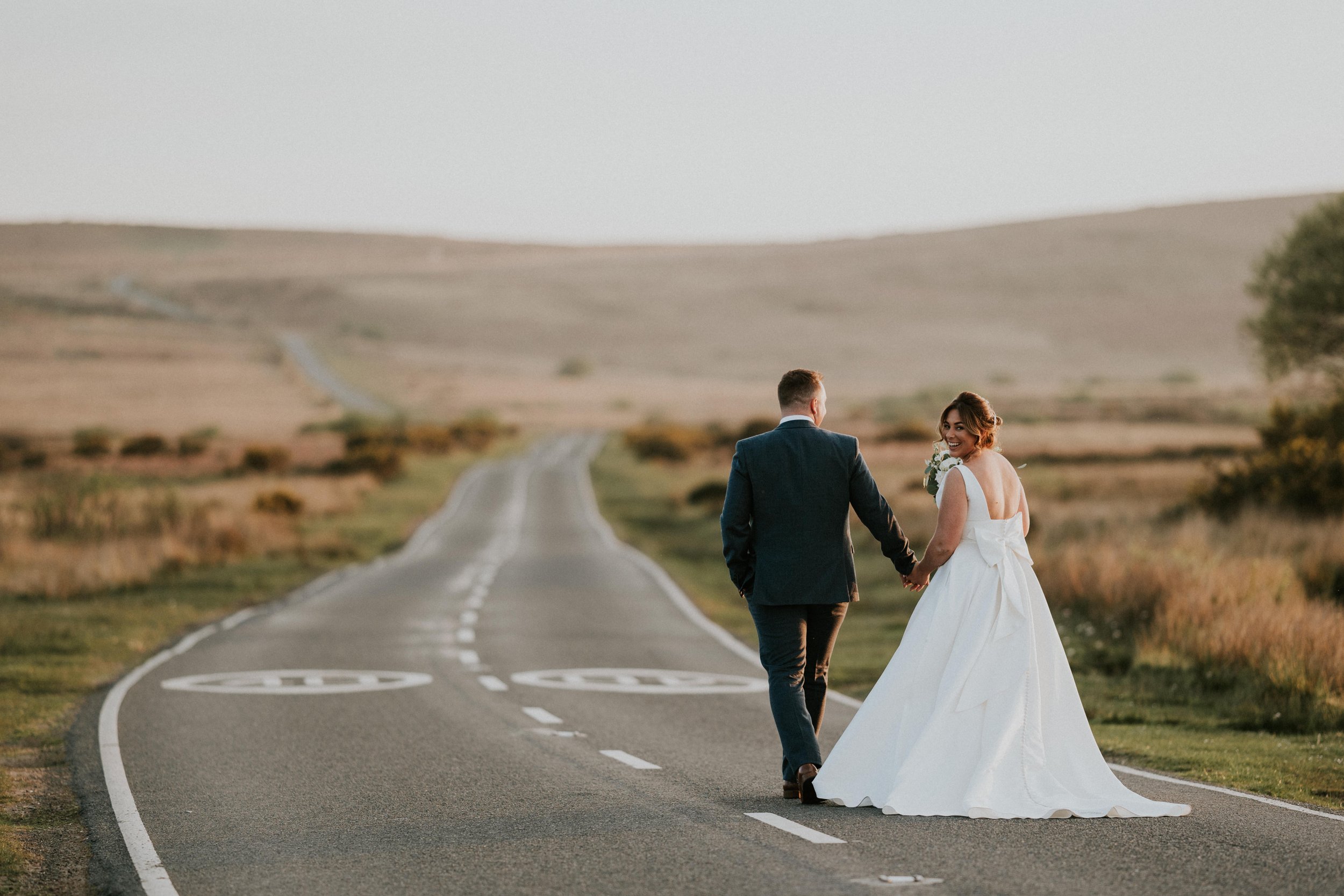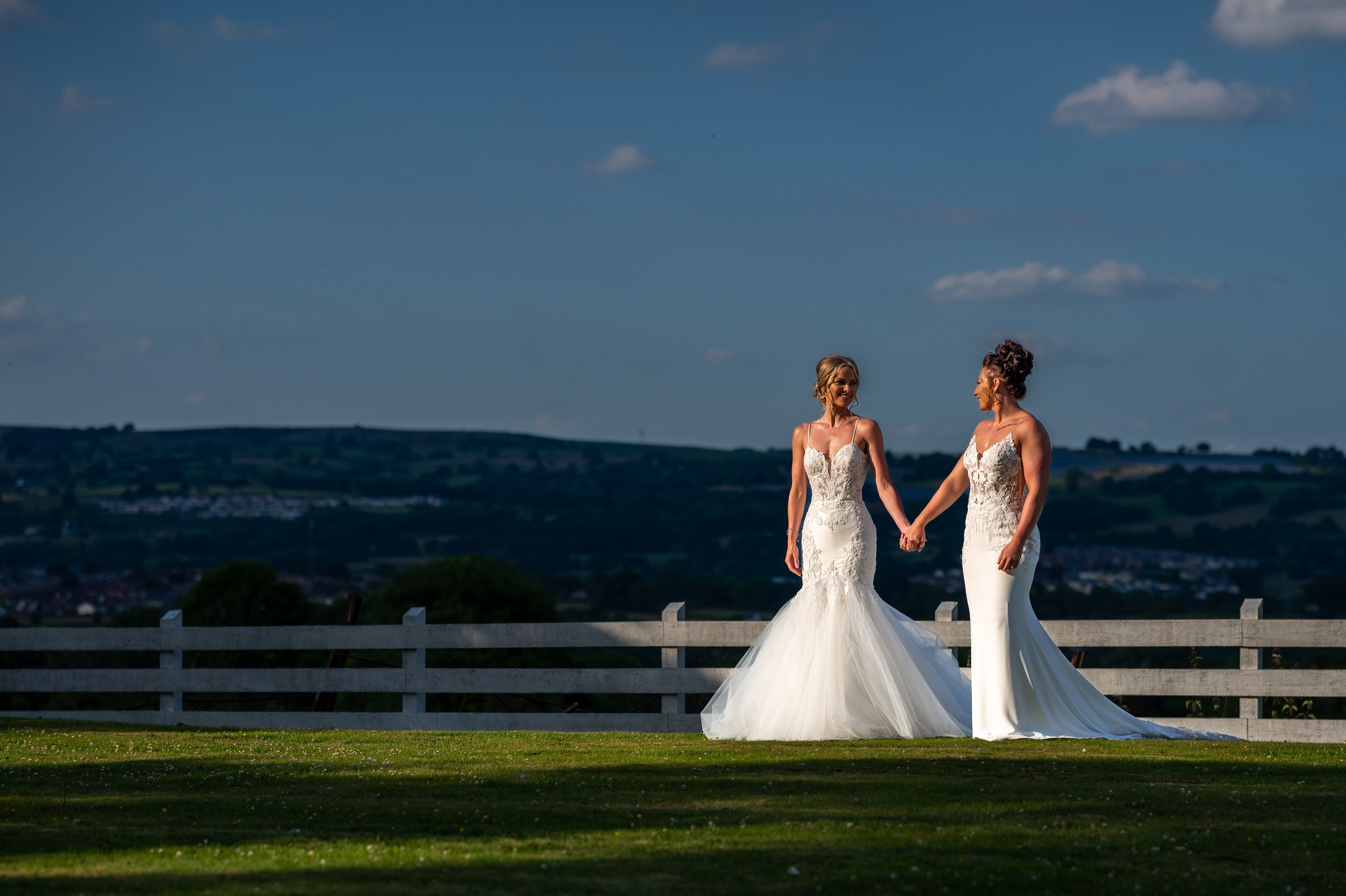Mastering the Art of Composition Photography: Tips and Techniques for Captivating Shots
Introduction to Composition Photography
Photography has become an integral part of our lives. It is a medium that allows us to capture moments, emotions, and memories. However, taking a good photograph is not just about having a good camera; it's also about the art of composition. Composition photography is the art of arranging the elements in a photograph in a way that is visually appealing and engaging.
Understanding the Importance of Composition in Photography
Composition is an essential element of photography. It can make or break a photograph. A well-composed photograph can draw the viewer's attention and evoke emotions, while a poorly composed photograph can be confusing and unappealing. Therefore, it is crucial to understand the importance of composition in photography.
What is Composition in Photography?
Composition in photography refers to the arrangement of visual elements in a photograph. It involves choosing the right angle, framing, and positioning of the subject, and balancing the visual elements to create a visually appealing photograph. A well-composed photograph has a sense of balance, symmetry, and harmony that makes it visually pleasing.
Basic Rules of Composition in Photography
There are some basic rules of composition in photography that can help you create visually appealing photographs. These rules include:
Rule of Thirds
The rule of thirds is a basic principle of composition in photography. It involves dividing the image into thirds, both horizontally and vertically, and placing the subject at the intersection points. This creates a more visually dynamic and balanced photograph.
Leading Lines
Leading lines are lines that lead the viewer's eye towards the subject. They can be anything from a road, a river, or a row of trees. Leading lines can be used to create depth and perspective in a photograph.
Symmetry and Balance
Symmetry and balance are essential elements of composition in photography. They create a sense of harmony and order in the photograph. Symmetry can be achieved by positioning the subject in the center of the frame, while balance can be achieved by placing visual elements on either side of the frame.
Advanced Techniques for Composition Photography
Once you have mastered the basic rules of composition in photography, you can start experimenting with more advanced techniques. These techniques include:
Depth of Field
Depth of field refers to the area in the photograph that is in focus. By using a shallow depth of field, you can isolate the subject from the background, creating a more visually striking photograph.
Framing
Framing involves using the elements in the photograph to create a frame around the subject. This can be anything from a window, a door, or a tree branch. Framing can add depth and interest to a photograph.
Negative Space
Negative space is the area around the subject that is left empty. By using negative space, you can create a more visually striking photograph that draws the viewer's attention to the subject.
Framing Photography and Its Impact on Composition
Framing photography is an essential element of composition. It involves using the surroundings to frame the subject in a way that creates a visually appealing photograph. This can be achieved by using natural elements such as trees or rocks, or by using man-made elements such as doors or windows.
Framing photography can have a significant impact on the composition of the photograph. It can create a sense of depth and perspective, add interest to the photograph, and draw the viewer's attention to the subject.
Importance of Negative Space in Composition
Negative space is an essential element of composition in photography. It refers to the area around the subject that is left empty. By using negative space, you can create a more visually striking photograph that draws the viewer's attention to the subject.
Negative space can be used to create contrast, add depth and interest to the photograph, and create a sense of balance and harmony. It allows the subject to stand out and be the center of attention.
Elements of Composition in Photography
There are several elements of composition in photography that can be used to create visually appealing photographs. These elements include:
Color
Color is an essential element of composition in photography. It can create mood, emotion, and interest in the photograph.
Texture
Texture refers to the surface quality of the subject. It can add interest and depth to the photograph.
Light
Light is a crucial element of photography. It can create mood, emotion, and interest in the photograph.
Tips for Improving Your Photography Composition Skills
Improving your photography composition skills takes practice and patience. Here are some tips that can help you improve your composition skills:
Practice
Practice is essential to improving your composition skills. Take lots of photographs and experiment with different techniques and angles.
Study
Study the work of other photographers and analyze their composition techniques. This will help you develop your own style.
Experiment
Experiment with different techniques and angles. Don't be afraid to try new things and take risks.
Common Mistakes in Composition Photography
There are several common mistakes in composition photography that can ruin a photograph. These mistakes include:
Poor Framing
Poor framing can ruin the composition of a photograph. It's essential to pay attention to the surroundings and use them to frame the subject in a way that is visually appealing.
Overcrowding
Overcrowding the photograph with too many elements can make it confusing and unappealing. It's essential to simplify and focus on the subject.
Lack of Balance
Lack of balance can make a photograph feel off-kilter and unappealing. It's essential to create a sense of balance and symmetry in the photograph.
Composition Photography and Storytelling
Composition photography can be used to tell a story. By arranging the elements in a photograph in a way that is visually appealing, you can create a narrative that engages the viewer.
Conclusion
Composition photography is an essential element of photography. It can make or break a photograph. By understanding the basic rules and techniques of composition, experimenting with advanced techniques, and avoiding common mistakes, you can improve your photography composition skills and create visually striking photographs. Remember to practice, study, and experiment, and use composition to tell a story and evoke emotions.
CTA
If you're interested in improving your composition photography skills, why not sign up for a photography course or workshop? Learning from a professional can help you develop your skills and take your photography to the next level.




